WE LOVE DC: Where We Live: River East
Here is the article from We Love DC. The article focuses on what we love about living in the River East communities of Congress Heights and Anacostia.
If you have a chance please check it out. Click HERE to read the article, Where We Live: River East.
An excerpt is included below:
Welcome to another Where We Live. Today we’ll be exploring the communities of River East, on the other side of the river that DC sometimes forgets about: Anacostia, Congress Heights, and Barry Farm. These neighborhoods have rich histories, and are currently seeing massive new redevelopment projects. Read on for the places to go and things to see in River East, a part of DC that you probably haven’t visited yet.
History: Anacostia was named after the Anacostan Native Americans, and when John Smith sailed up the Anacostia River he wrote that he was well received by these people. Anacostia was originally a suburb of Washington and was incorporated into the city in 1854. Anacostia was originally a working-class neighborhood, home to many people who worked nearby in the Navy Yard. Despite covenants restricting the sale of land to African Americans and Irish Americans, by 1880 more than 15 percent of residents were African American. Throughout the twentieth century the demographics shifted, with many working class white families fleeing the city, and Anacostia is now home to a high concentration (this National Park Service page says 99%, the 2000 Census says 96%) of African Americans. Check out the University of Virginia’s Crossing the River online project that documents race, geography, and the role of feds in Anacostia.
Just a few blocks to the southeast of Anacostia, Congress Heights was developed in the 1920s as the end of a streetcar line. There wasn’t much in the area aside from St. Elizabeths Hospital and Camp Simms, home of the DC National Guard. The area grew to be a suburban-style residential neighborhood with a strong commercial component. Today, both St. Elizabeths Hospital and Camp Simms are the sites of major redevelopment efforts.
Separated by a river from the rest of DC, the neighborhoods east of the river have typically failed to attract the type of development in other parts of DC. For a long time, River East languished, and did not see as much Metro-related redevelopment as other parts of the city, like Shaw and Brookland. But these neighborhoods are finally coming back: with more affordable housing, some beautiful historic housing options, and great access into the city, residents are finally seeing the value in the neighborhoods east of the river.
To continue reading click HERE.
* Photo courtesy of dg-rad on Flickr, "raw wood twin houses anacostia historic district"
For more Congress Heights and River East news visit The Congress Heights Examiner website, http://www.examiner.com/x-13507-Congress-Heights-Community-Examiner
Share on Facebook
If you have a chance please check it out. Click HERE to read the article, Where We Live: River East.
An excerpt is included below:
Welcome to another Where We Live. Today we’ll be exploring the communities of River East, on the other side of the river that DC sometimes forgets about: Anacostia, Congress Heights, and Barry Farm. These neighborhoods have rich histories, and are currently seeing massive new redevelopment projects. Read on for the places to go and things to see in River East, a part of DC that you probably haven’t visited yet.
History: Anacostia was named after the Anacostan Native Americans, and when John Smith sailed up the Anacostia River he wrote that he was well received by these people. Anacostia was originally a suburb of Washington and was incorporated into the city in 1854. Anacostia was originally a working-class neighborhood, home to many people who worked nearby in the Navy Yard. Despite covenants restricting the sale of land to African Americans and Irish Americans, by 1880 more than 15 percent of residents were African American. Throughout the twentieth century the demographics shifted, with many working class white families fleeing the city, and Anacostia is now home to a high concentration (this National Park Service page says 99%, the 2000 Census says 96%) of African Americans. Check out the University of Virginia’s Crossing the River online project that documents race, geography, and the role of feds in Anacostia.
Just a few blocks to the southeast of Anacostia, Congress Heights was developed in the 1920s as the end of a streetcar line. There wasn’t much in the area aside from St. Elizabeths Hospital and Camp Simms, home of the DC National Guard. The area grew to be a suburban-style residential neighborhood with a strong commercial component. Today, both St. Elizabeths Hospital and Camp Simms are the sites of major redevelopment efforts.
Separated by a river from the rest of DC, the neighborhoods east of the river have typically failed to attract the type of development in other parts of DC. For a long time, River East languished, and did not see as much Metro-related redevelopment as other parts of the city, like Shaw and Brookland. But these neighborhoods are finally coming back: with more affordable housing, some beautiful historic housing options, and great access into the city, residents are finally seeing the value in the neighborhoods east of the river.
To continue reading click HERE.
* Photo courtesy of dg-rad on Flickr, "raw wood twin houses anacostia historic district"
For more Congress Heights and River East news visit The Congress Heights Examiner website, http://www.examiner.com/x-13507-Congress-Heights-Community-Examiner
Share on Facebook

